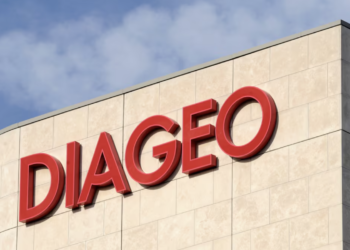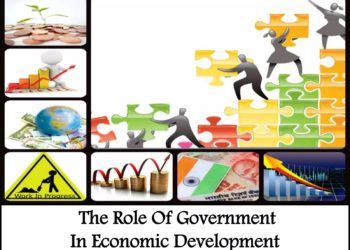Money Market Funds (MMFs) have increasingly become a popular investment option in Kenya, offering a low-risk and stable avenue for investors to grow their savings while earning competitive returns. As the financial landscape evolves, several key trends are shaping the future of MMFs in the country. One notable development is the increased adoption of MMFs, which have gained traction in recent years. This growth is expected to continue as more Kenyans become aware of the benefits MMFs offer, such as low entry barriers and high liquidity. Both retail and institutional investors are finding these funds an attractive alternative to traditional savings accounts, and as financial literacy improves, more people are exploring diverse investment options.
The regulatory environment is also evolving to support the growth of money market funds. The Capital Markets Authority (CMA) has been instrumental in fostering this growth through regulations that ensure transparency and investor protection. Looking ahead, it is likely that new regulatory measures will be introduced to safeguard the stability of the market. These may include stricter guidelines on fund management, enhanced reporting requirements, and stronger oversight to prevent risks related to liquidity and credit exposure. A more robust regulatory framework will likely boost confidence in MMFs, encouraging more investors to participate.
Technology is another critical factor influencing the future of MMFs in Kenya. The integration of digital solutions into financial services has transformed how investments are accessed and managed. Mobile money platforms and fintech innovations have made it easier for Kenyans to invest in MMFs, allowing them to manage their investments directly from mobile devices. As technology evolves, more digital platforms are expected to emerge, further simplifying the investment process and making MMFs accessible to a wider audience. This digital transformation is expected to be central to the continued growth of MMFs.
A growing global trend toward sustainable and ethical investing is also beginning to influence MMFs in Kenya. Investors are increasingly concerned about the social and environmental impact of their investments. MMFs that incorporate Environmental, Social, and Governance (ESG) criteria into their strategies are likely to attract more attention from socially conscious investors. This trend could lead to the creation of new MMF products that specifically target sustainable and ethical investments, providing a fresh avenue for growth in the industry.
The competitive landscape for MMFs is also expected to intensify as demand continues to grow. Fund managers will need to differentiate themselves by offering better returns, lower fees, and enhanced customer experiences. Innovation in product offerings, fee structures, and customer service will be crucial in attracting and retaining clients in an increasingly crowded market. Additionally, the rise of passive investment strategies, where funds track specific indices rather than being actively managed, could further shape the competitive dynamics within the MMF sector.
Economic conditions will continue to play a significant role in determining the performance of MMFs in Kenya. Factors such as interest rates, inflation, and fiscal policies will have a direct impact on the returns generated by these funds. The monetary policies implemented by the Central Bank of Kenya will be particularly influential, as interest rate decisions can either enhance or challenge the appeal of MMFs. In a low-interest-rate environment, MMFs may struggle to deliver attractive yields, prompting fund managers to explore new strategies to remain competitive. Conversely, rising interest rates could increase the appeal of MMFs as higher-yielding alternatives to traditional savings accounts.
As the MMF market matures, there is a growing need for investor education. Many individuals may not fully understand the nuances of MMFs, such as the potential for yield fluctuations and the impact of broader economic changes. It will be essential for financial institutions, fund managers, and regulators to invest in comprehensive investor education initiatives. These efforts will empower individuals to make informed investment decisions, fostering a more sophisticated and knowledgeable investor base.
The future of money market funds in Kenya is promising, driven by increased adoption, technological advancements, and evolving market dynamics. While challenges such as economic fluctuations and regulatory demands persist, the opportunities ahead are vast. By staying informed and adaptable, investors and fund managers can capitalize on these trends, ensuring that MMFs continue to play a vital role in Kenya’s financial ecosystem as a reliable and accessible investment vehicle for both individuals and institutions.

















